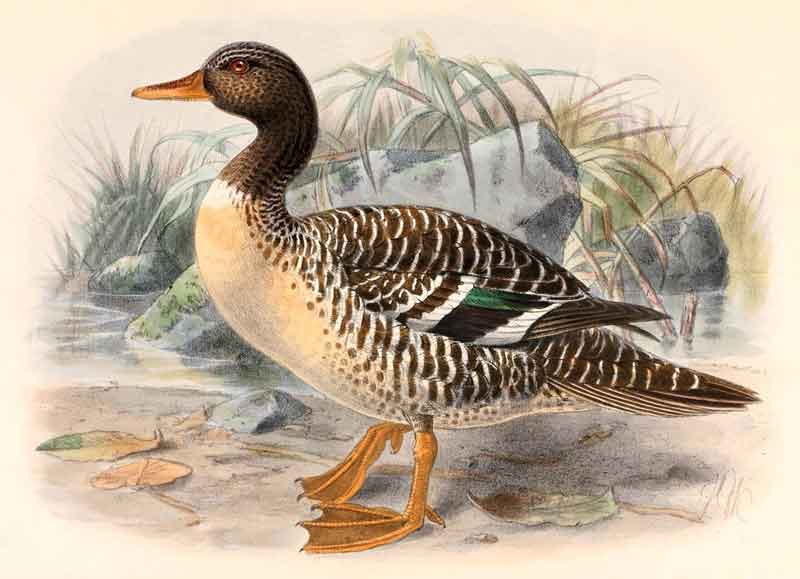
Superregnum: Eukaryota
Cladus: Unikonta
Cladus: Opisthokonta
Cladus: Holozoa
Regnum: Animalia
Subregnum: Eumetazoa
Cladus: Bilateria
Cladus: Nephrozoa
Superphylum: Deuterostomia
Phylum: Chordata
Subphylum: Vertebrata
Infraphylum: Gnathostomata
Megaclassis: Osteichthyes
Cladus: Sarcopterygii
Cladus: Rhipidistia
Cladus: Tetrapodomorpha
Cladus: Eotetrapodiformes
Cladus: Elpistostegalia
Superclassis: Tetrapoda
Cladus: Reptiliomorpha
Cladus: Amniota
Classis: Reptilia
Cladus: Eureptilia
Cladus: Romeriida
Subclassis: Diapsida
Cladus: Sauria
Infraclassis: Archosauromorpha
Cladus: Crurotarsi
Divisio: Archosauria
Cladus: Avemetatarsalia
Cladus: Ornithodira
Subtaxon: Dinosauromorpha
Cladus: Dinosauriformes
Cladus: Dracohors
Cladus: Dinosauria
Ordo: Saurischia
Cladus: Eusaurischia
Subordo: Theropoda
Cladus: Neotheropoda
Cladus: Averostra
Cladus: Tetanurae
Cladus: Avetheropoda
Cladus: Coelurosauria
Cladus: Tyrannoraptora
Cladus: Maniraptoromorpha
Cladus: Maniraptoriformes
Cladus: Maniraptora
Cladus: Pennaraptora
Cladus: Paraves
Cladus: Eumaniraptora
Cladus: Avialae
Infraclassis: Aves
Cladus: Euavialae
Cladus: Avebrevicauda
Cladus: Pygostylia
Cladus: Ornithothoraces
Cladus: Ornithuromorpha
Cladus: Carinatae
Parvclassis: Neornithes
Cohors: Neognathae
Cladus: Pangalloanserae
Cladus: Galloanseres
Ordo: Anseriformes
Familia: Anatidae
Subfamilia: Anatinae
Genus: Salvadorina
Species: Salvadorina waigiuensis
Name
Salvadorina waigiuensis Rothschild & Hartert, 1894
References
Novitates Zoologicae Vol. I, p.683. BHL
IUCN: Salvadorina waigiuensis (Vulnerable)
Vernacular names
azərbaycanca: Zolaqlı ördək
català: Ànec de Salvadori
čeština: Kachna krahujková
Cymraeg: Hwyaden Salvadori
Deutsch: Salvadoriente
English: Salvadori's Teal
Esperanto: Salvadoria anaso
فارسی: خوتکای سالوادوری
suomi: Papuansorsa
français: Canard de Salvadori
עברית: ברווז סלוודורי
magyar: Salvadori-réce
日本語: サザナミガモ
Nederlands: Salvadori's eend
norsk: Tigerand
polski: Nowogwinejka
русский: Полосатая утка
svenska: salvadoriand
Salvadori's teal (Salvadorina waigiuensis) or Salvadori's duck, is a species of bird endemic to New Guinea. It is placed in the monotypic genus Salvadorina.[2]
It has a dark brown head and neck, and its body is barred and spotted dark brown and off white, with orange legs and a yellow bill.
It is a secretive inhabitant of fast-flowing highland streams and lakes. It is an omnivore. It locates its nest near water, and lays 2 to 4 eggs in the dry season. The IUCN has listed the bird as least concern, and the total population may be slowly declining.
Taxonomy
When Walter Rothschild and Ernst Hartert first described Salvadori's teal in 1894, they placed it in the concurrently created monotypic genus Salvadorina.[2] It has no subspecies.[3] Initially, it was generally placed with South America's torrent duck and New Zealand's blue duck — two species of similar ecological niches — in a tribe called Merganettini.[4] In the 1940s, Ernst Mayr moved the species to the dabbling duck genus Anas, based on several anatomical features.[5] It was then reinstated in its own genus and moved to the shelduck subfamily Tadorninae[citation needed], which also contains the torrent duck and blue duck which convergently have evolved adaptations to mountain stream habitat. All or some of these species may actually be surviving lineages of an ancient Gondwanan radiation of waterfowl (Sraml et al. 1996).
The duck's common and genus names both commemorate 18th-century Italian ornithologist Tommaso Salvadori.[6] The species name waigiuensis refers to Waigeo (also known as Waigiu), an island near New Guinea.[7]
Description
Measuring 38–43 cm (15–17 in) in length, with a wingspan of 56–71 cm (22–28 in),[3] and a mass of 342 g (12 oz),[8] Salvadori's teal is a small duck.[3] The sexes are similar in plumage, with males averaging slightly larger than females.[4]
Range and habitat
Salvadori's teal is endemic to New Guinea; although the type specimen was reportedly collected on the Indonesian island of Waigeo, there is some doubt over the veracity of that claim, as the species is not now found there.[4] Resident at elevations ranging from 500 to 4,000 m (1,600 to 13,100 ft), Salvadori's teal prefers swiftly flowing rivers and streams,[3] though it is also occasionally found in stagnant lakes.[9]
Behavior
Food and feeding
Salvadori's teal is an omnivore, and feeds by both dabbling and diving.[10] It eats plants and insects,[11] and possibly small fish.[9]
Breeding
It locates its nest near water, and lays 2 to 4 eggs in the dry season.
Conservation and threats
The International Union for Conservation of Nature (IUCN) has listed Salvadori's teal as least concern. The total world population, currently estimated to be between 2,500 and 9,999 mature individuals, is thought to be declining at a moderate rate. Hunting, habitat degradation and predation by dogs are among the threats this species faces,[10] and competition with introduced sport fish may also cause problems.[12]
References
BirdLife International (2021). "Salvadorina waigiuensis". IUCN Red List of Threatened Species. 2021: e.T22680127A194770067. Retrieved 20 November 2021.
"ITIS Report: Salvadorina". Integrated Taxonomic Information System. Retrieved 22 October 2014.
Ogilvie, Malcolm; Young, Steve (2002). Wildfowl of the World. London, UK: New Holland Publishers. p. 84. ISBN 1-84330-328-0.
Kear, J. (1975). "Salvadori's Duck of New Guinea". Wildfowl. 26: 104–111.
Delacour, Jean; Mayr, Ernst. "The Family Anatidae" (PDF). The Wilson Bulletin. 57 (1): 3–55.
Jobling (2010), p. 346.
Jobling (2010), p. 406.
Dunning Jr., John B., ed. (2008). CRC Handbook of Avian Body Masses (2nd ed.). Boca Raton, Florida, USA: CRC Press. p. 41. ISBN 978-1-4200-6444-5.
Strange, Morten (2013). A Photographic Guide to the Birds of Indonesia. North Clarendon, VT, USA: Tuttle Publishing. ISBN 978-1462910328.
"Salvadori's Teal Salvadorina waigiuensi". BirdLife International. Retrieved 22 October 2014.
Chambers, M. R. (1987). "The Freshwater Lakes of Papua New Guinea: An Inventory and Limnological Review". Journal of Tropical Ecology. 3 (1): 1–23. doi:10.1017/s0266467400001073. JSTOR 2559420. S2CID 83920625.
Kear, Janet (2010). Man and Wildfowl. London, UK: A&C Black. p. 188. ISBN 978-1408137611.
Beehler, Bruce M., Pratt, Thane K. & Zimmerman, Dale A. (1986): Birds of New Guinea. Princeton University Press, New Jersey. ISBN 0-691-02394-8
Jobling, James A. (2010). The Helm Dictionary of Scientific Names. London, UK: Christopher Helm. ISBN 978-1-4081-2501-4.
Sraml, M.; Christidis, L.; Easteal, S.; Horn, P. & Collet, C. (1996): Molecular Relationships Within Australasian Waterfowl (Anseriformes). Australian Journal of Zoology 44(1): 47–58. doi:10.1071/ZO9960047 (HTML abstract)
Retrieved from "http://en.wikipedia.org/"
All text is available under the terms of the GNU Free Documentation License

